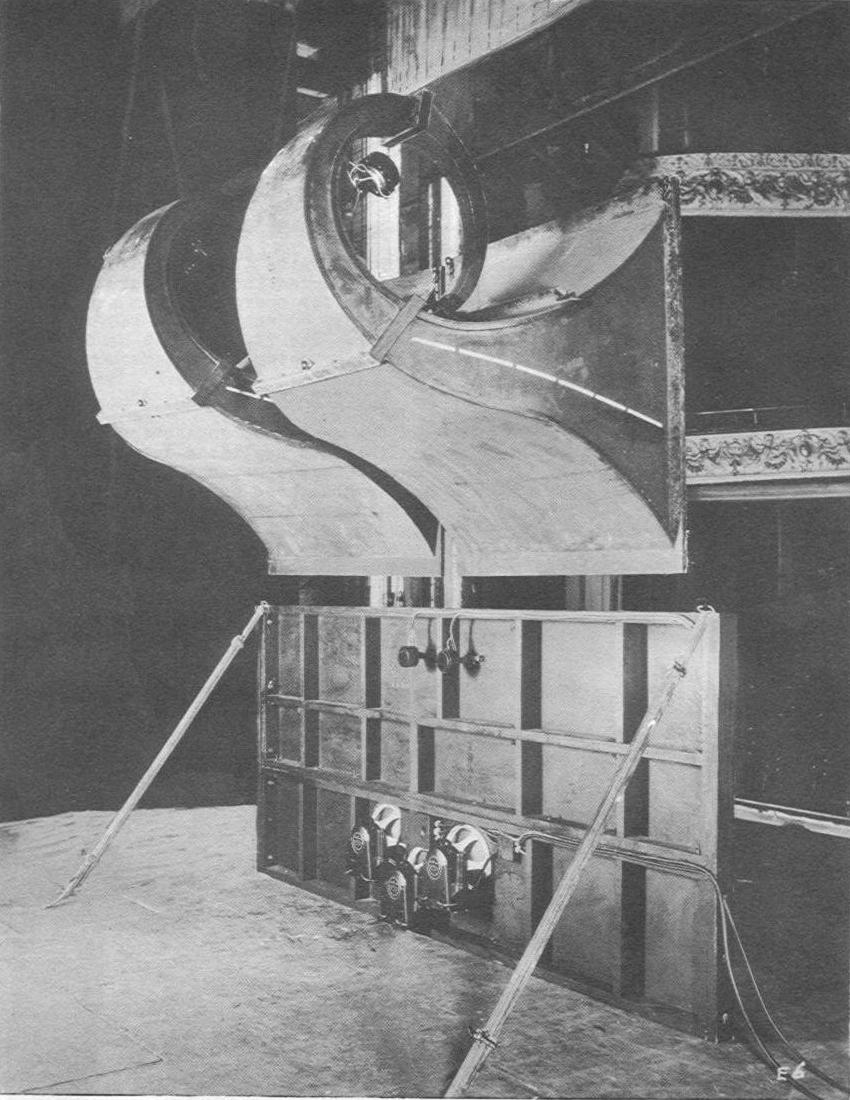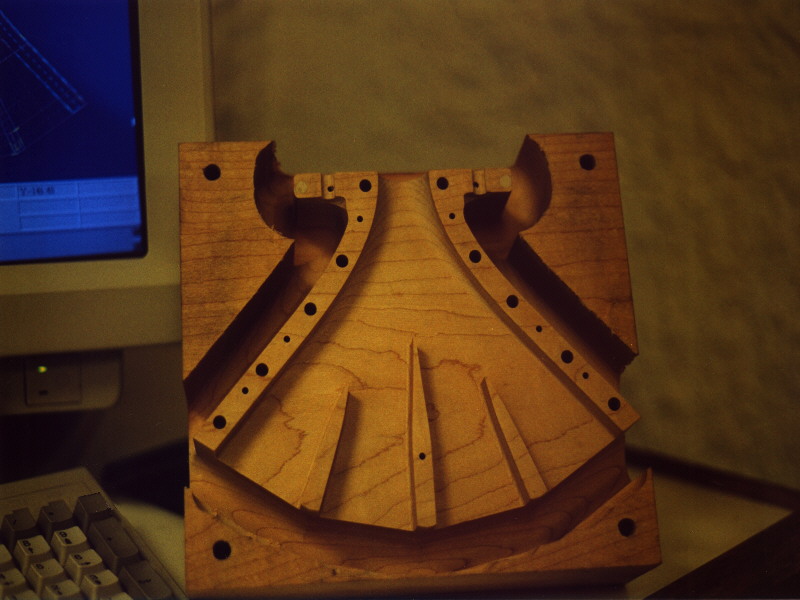 A few posts below, I linked to the articles "Horn Theory: an Introduction" by Bjørn Kolbrek. I forgot to add a link to his private website. I have actually known about Kolbrek and his horns for years, he's had his system up online for years now. It has been fun to follow his developments and I was extremely jealous of the "Kolbrek Sub Horn". I didn't realise his engineering background, the papers published in AudioXpress took me sort of by surprise.
A few posts below, I linked to the articles "Horn Theory: an Introduction" by Bjørn Kolbrek. I forgot to add a link to his private website. I have actually known about Kolbrek and his horns for years, he's had his system up online for years now. It has been fun to follow his developments and I was extremely jealous of the "Kolbrek Sub Horn". I didn't realise his engineering background, the papers published in AudioXpress took me sort of by surprise.In any case, it is interesting to see what kind of stuff is built by someone who knows what is important and what isn't.






